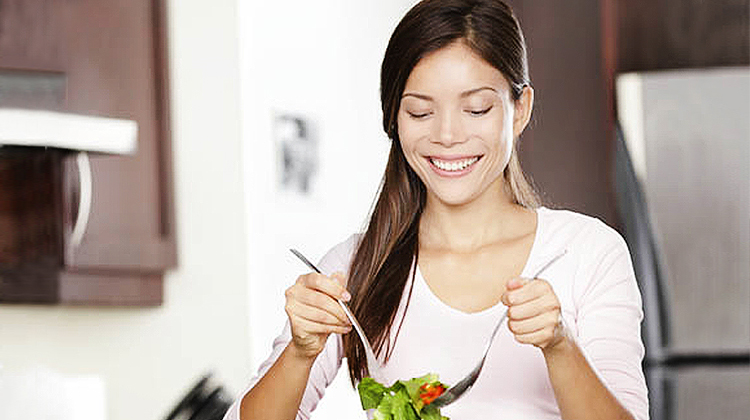1. What's the most common injury you see in runners?
Planter fasciitis and calf string injuries are the big ones. These injuries are particularly common in Asia where people tend to walk inside barefoot on hard floors which causes undue stress to the feet. I also see a lot of lateral hip pain, which is usually linked to weak glutes (particularly the gluteus medius muscle in the buttocks).
People commonly overlook glute strength, as they tend to concentrate on their abdominal muscle when working on their core strength. We should never forget to work on the glutes, as they are the main stabilisers when you are running. The calf muscles and glutes work together whilst running. If you have weak glutes you could end up with a calf injury due to overloading. Lots of sitting at work can also contribute to a weakness in the gluteal area. Squats are a good way of strengthening the glutes.
2. I often get cramp when I run, what should I do?
You can suffer cramp for various reasons and how you deal with it depends on where and when you get it. If you suffer cramp when running, stop and stretch until your muscle is relaxed and you should be able to carry on. However, if it keeps getting tight, stop. You could also suffer cramps as a result of a weak muscle somewhere else in the body, or even through dehydration or a lack of salt.
3. I'm so tired after a run I can't be bothered to stretch. Is it absolutely necessary to stretch?
Stretching after exercise is really important. It helps the muscle not only relax but recover faster. People who don't stretch out can accumulate stress in their muscles. If you continue exercising, you just accumulate more and more stress. Your body will then find it increasingly hard to recover, or injury can occur.
4. Should I have a warm shower or an ice cold bath after exercise to help my muscles recover?
I'd say the ice bath would be better. When you exercise it puts stress on the body causing micro trauma in the muscles and tendons, which is a good thing as this stimulates the increased strength and endurance! An ice bath works to relieve muscle soreness by limiting the inflammatory response, whereas a warm shower may exacerbate the inflammation. That's why we always recommend using ice therapy on an acute injury – not heat.
5. What's the latest trend in running shoes and is there a style that's right for everyone?
We've seen running shoes go from hefty shoes with a large ramp (the wedge that goes from heel to toe) to a minimal look. The latest shoes have a minimal ramp, which allows for a more efficient running technique. This lighter design doesn't have the previously common ‘stability' features found in running shoes, but allows the foot to move more naturally. I usually advise people making the transition in to a minimal shoe to build up their tolerance in them over time, especially those who tend to over-pronate, to allow their feet to adapt and get stronger. But if done properly anyone should be safe to run in a minimal shoe in time.
About the contributor
Glenn Fayers is a Senior Physiotherapist at Singapore Physio.
Let our Life Planning Advisor
assist you to
Request a call back
Thank you for your enquiry. Fill in your details below and a Life Planning Advisor will get back to you within 48 hours.
Call times are Monday-Friday between 8.30am and 5.15pm (except Public Holiday).



